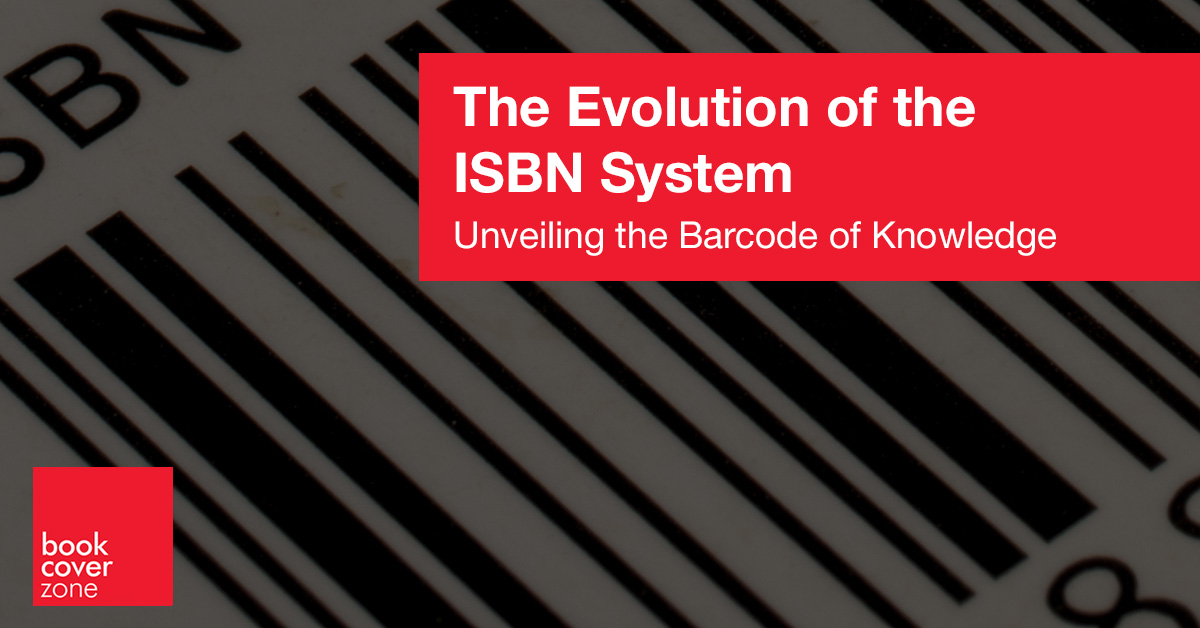In the vast ocean of literature that humanity has sailed for centuries, with millions of books published annually, finding a way to manage and identify each unique work was imperative. Enter the International Standard Book Number (ISBN), a code that’s as much a cornerstone of the publishing world as the authors and books themselves. The history of ISBN is a tale of the book industry’s advance into the modern era of information management.
Prior to the 1960s, there was no universal system for identifying books. Publishers around the globe handled book identification in a patchwork of methods, leading to confusion and inefficiency in cataloging and distribution. An ISBN-like concept was first proposed by British bookseller W.H. Smith in 1965 to streamline the process.
A year later, in 1966, the ISBN concept came to fruition when the International Organization for Standardization (ISO) started to work on an international solution. The 9-digit Standard Book Numbering (SBN) system was born, spearheaded by David Whitaker (regarded as the “Father of the ISBN”) and embraced initially in the UK.
By 1970, the ISO formalized the ISBN system as an international standard (ISO 2108), extending the SBN code to 10 digits by adding a prefix to indicate the country of publication, the publisher, and a unique identifier for the specific book or edition. (The complete list of country codes is substantial and can be found in the official ISBN Users’ Manual or on the International ISBN Agency’s website, as they occasionally update and add new codes for new participants in the system.) This adoption marked a significant transformation in the world of publishing, allowing easier book identification, distribution, and sales tracking.
The system is straightforward yet precisely structured: the first part of an ISBN indicates the registration group (usually a country), the second part identifies the particular publisher, the third section distinguishes the title or edition of the book, and the last digit serves as a checksum to confirm the accuracy of the ISBN.
With the turn of the millennium, technological advancements demanded a scalable and forward-looking system. In consonance with the rise of e-commerce and global book trading, the ISBN expanded to a 13-digit format in 2007, aligning with the EAN-13 barcode system widely used in the retail industry. This transition facilitated the uniform treatment of books as merchandise in store systems worldwide.
The significance of ISBNs has grown further in the digital age. Besides physical books, ISBNs are now assigned to e-books, audiobooks, and other related media, providing a unified and consistent identification system that supports digital rights management and the dissemination of electronic publications. The ISBN system serves as an unparalleled tool that aids publishers, booksellers, libraries, and readers in navigating the ever-expanding digital library of the world.
As with any system, the ISBN faces challenges such as the digital publishing revolution where self-publishing authors and free online materials bypass traditional ISBN allocation. There are debates on whether or not such digital content requires an ISBN, and the system may need to evolve to stay relevant in this changing landscape.
Moreover, with the surge in independent publishing, the cost of obtaining ISBNs can be prohibitive for individual authors and small presses. These issues prompt the question of how the system can adapt to remain inclusive and supportive of the broad spectrum of publishing today.
From ISBN to barcode
ISBNs are transformed into barcodes using the Bookland EAN (European Article Number) barcode format. This process involves encoding the ISBN into a scannable barcode that can be read by electronic scanners at point-of-sale systems in bookstores and elsewhere. All book barcodes begin with “978” or “979” – the EAN prefix designated for Bookland, implying the product is a book. The last digit of an ISBN is a check digit, which is calculated using a specific mathematical formula to validate the rest of the number.
The history of ISBN is an ode to organization in the sprawling world of books. From its genesis as a means to streamline bookstore inventories to being the universal identifier for all forms of media in the intricate dance of global book commerce, the ISBN system has proven to be a bedrock of bibliographic data. As the publishing industry continues to evolve, so too will the story of the ISBN, ensuring each book can find its place in the vast library that is human culture.
